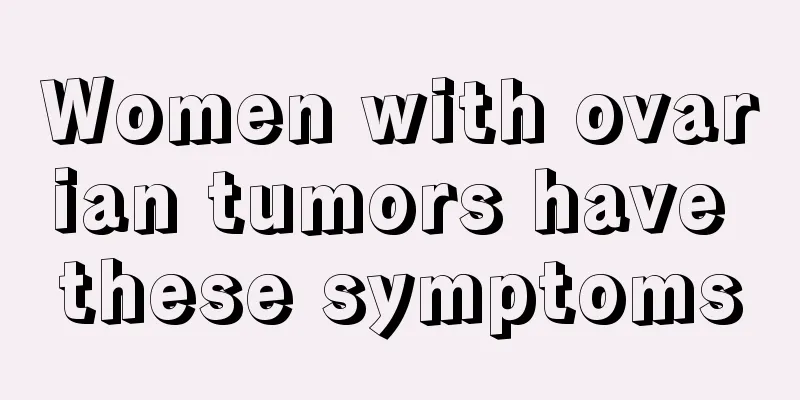About the treatment of prostate cancer

|
About the treatment of prostate cancer? Prostate cancer is a malignant tumor that occurs in the male prostate tissue. It is the result of abnormal and disordered growth of prostate acinar cells. The incidence of prostate cancer has obvious geographical and racial differences. In developed countries and regions such as Europe and the United States, it is the most common malignant tumor in men, and its mortality rate ranks second among all cancers; in Asia, its incidence is lower than that in Western countries, but it has been rising rapidly in recent years. There are many treatments for prostate cancer, each with its own advantages and disadvantages. Depending on the purpose of treatment, prostate cancer treatments are divided into curative treatments and palliative treatments. Palliative treatments are those aimed at delaying tumor progression and relieving tumor-related symptoms. Surgery Surgery is currently the most commonly used curative treatment method, called radical prostatectomy, which completely removes the prostate and tumor. Radical prostatectomy can be performed via the retropubic approach (incision from the umbilicus to the upper edge of the pubic bone), the perineal approach (incision between the scrotum and anus), and laparoscopic or robotic-assisted lower prostatectomy. The appropriate surgical method is selected based on the patient's body shape and disease characteristics, as well as the doctor's technical expertise. TOMO Radiation Therapy Radiotherapy is an important treatment for prostate cancer. Radical radiotherapy for early-stage patients has a local control rate and 10-year disease-free survival rate similar to those of radical prostatectomy. The treatment principles for locally advanced prostate cancer are mainly radiotherapy and endocrine therapy. Metastatic cancer can be treated with palliative radiotherapy to relieve symptoms and improve quality of life. In recent years, three-dimensional conformal radiotherapy and intensity-modulated conformal radiotherapy have become the main treatments for prostate cancer. On this basis, CT-guided TOMO radiotherapy not only overcomes positioning errors, but also reduces the radiation dose of normal tissues, thereby increasing the therapeutic dose and achieving better therapeutic effects. Therefore, it has gradually been widely used in clinical practice. The uncertainty of the prostate position includes both intrinsic and extrinsic factors. The uncertainty of position leads to uneven prostate irradiation dose. Some diseased tissues may not reach the radical dose, increasing the possibility of recurrence. If this factor is taken into account when outlining the target area, the dose to the rectum and bladder will be increased, thereby increasing the incidence of complications. |
<<: How long can you live with prostate cancer
>>: Symptoms of prostate cancer in the elderly
Recommend
Will energy be converted into fat?
When people usually eat, they will definitely fin...
How should patients with bile duct cancer exercise
In recent years, with the increasing incidence of...
Normal value range of non-invasive DNA
Every pregnant woman is worried that the non-inva...
What kind of flour is water chestnut powder
Water chestnut starch is made from sago. When it ...
Calories in a peach
Eating peaches regularly can help you beautify yo...
What are the pathological causes of testicular cancer
Testicular cancer is a disease that young men are...
Eyes are afraid of wind, bloodshot, no swelling, no secretions
There are many patients with conjunctivitis in li...
How is rice wine made
Huangjiu is a kind of wine that has been passed d...
Is it normal to have black marks after freezing freckle removal?
Spots on human skin are usually caused by many re...
The taller a man is, the more likely he is to develop prostate cancer
Taller men are more likely to develop prostate ca...
What is chicken breast
What is pigeon chest? Many people may say that it...
Why do I have bone pain all over my body?
Modern people live a fast-paced and stressful lif...
Blister in the middle of the lower lip
Lips are a very important part of appearance, so ...
Does molluscum contagiosum itch?
When molluscum contagiosum occurs, patients will ...
What should I do if I have mild hydronephrosis of both kidneys
Even if there is mild hydronephrosis in both kidn...









